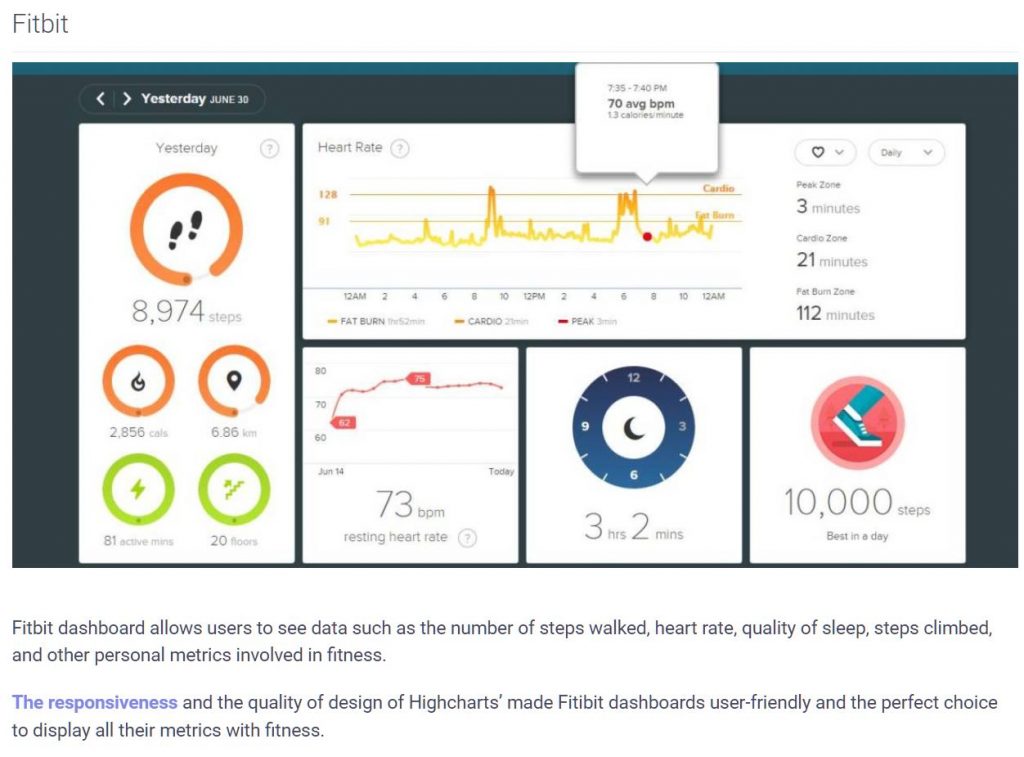It’s a sea of social media posts today, recognising inspirational women and highlighting the gaps still to bridge. Some posts are quite specific in celebrating colleagues, family, friends. Some are generically pointing to an international day of acknowledgement. Other posts are drawing attention to specific causes that are close to heart. I love seeing how the awareness and support for International Women’s Day has exploded, even just over the past few years.
This does have been thinking though..how will this sea of social media posts translate into tangible action that actually makes a difference? To make a difference, something must run deeper than just a hashtag and an inspirational social media post once a year.
Each year, International Women’s Day set out a theme and this year, the theme to carry forward is #EmbraceEquity.
“The aim of the IWD 2023 #EmbraceEquity campaign theme is to get the world talking about Why equal opportunities aren’t enough. People start from different places, so true inclusion and belonging require equitable action.”
https://www.internationalwomensday.com/Theme
I think about how to create action, where the ripple effect starts and what #EmbraceEquity means to different women and people that I know. Reflecting on two of our business values ‘stay human’ and ‘keep it real’, a couple of thoughts keep popping up:
1. There are women in my village who are bloody remarkable human beings, getting through all the ordinary things under some extraordinary circumstances; and
2. It takes a village and the village is not made up of women alone.
So to create action, shine the light close to home. Recognise the women around you who are bit by bit, getting on with the job to be done, despite the situation they find themselves in.
Despite the situation they find themselves in.
Be part of their village. Or be part of changes to the framework they must operate within; make it easier for them to get the job done.













 LinkedIn’s
LinkedIn’s 

